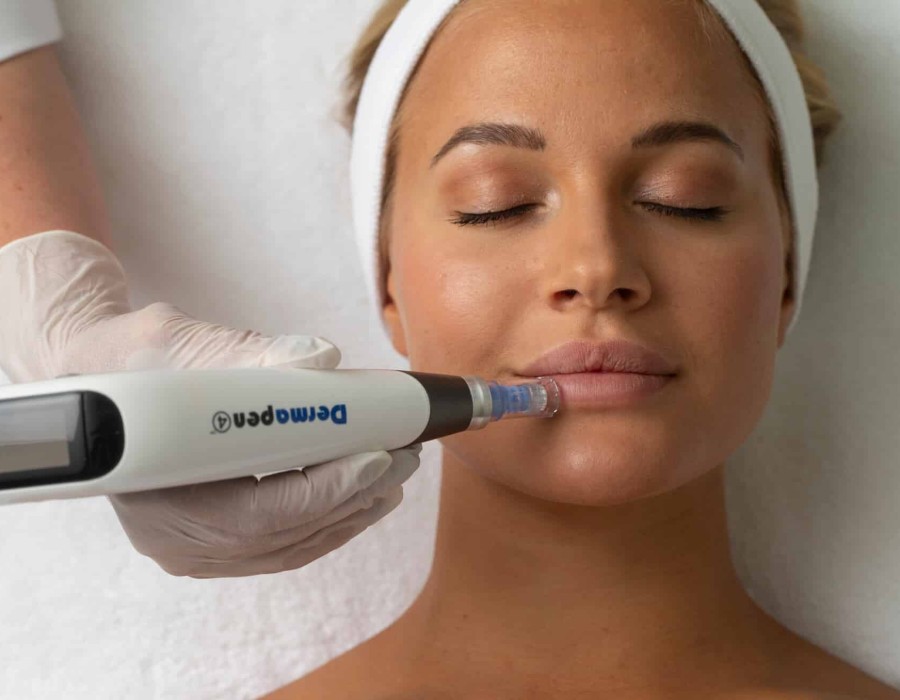When it comes to achieving radiant skin and addressing persistent skin conditions like melasma, microneedling has become a popular choice among skincare enthusiasts. This minimally invasive procedure offers a range of benefits, from enhancing skin texture to reducing hyperpigmentation. But does microneedling help with melasma? Let’s explore this question in-depth, while also shedding light on the process, its benefits, and essential post-treatment care.
What is Microneedling?
Microneedling, also known as collagen induction therapy, involves using fine needles to create tiny, controlled punctures in the skin. These micro-injuries stimulate the body’s natural healing process, leading to increased collagen and elastin production. The result is smoother, firmer, and more even-toned skin.
Understanding Melasma
Melasma is a skin condition characterized by dark, discolored patches, often appearing on the face. It’s commonly triggered by hormonal changes, sun exposure, and genetic factors. Unlike other types of hyperpigmentation, melasma can be particularly challenging to treat, as it often requires a combination of therapies for effective management.
Does Microneedling Help with Melasma?
The question “Does microneedling help with melasma?” is a common one. Research suggests that microneedling can indeed be effective in reducing melasma. By breaking up pigment beneath the skin’s surface and promoting skin regeneration, microneedling can lighten dark patches over time. Additionally, it enhances the absorption of topical treatments, such as vitamin C or hydroquinone, which are often used to treat melasma.
Key Benefits of Microneedling for Melasma:
- Improved Skin Tone: Microneedling helps in reducing uneven pigmentation, giving the skin a more uniform appearance.
- Enhanced Product Absorption: Post-treatment, the skin becomes more receptive to active ingredients in serums and creams.
- Minimal Downtime: Unlike other invasive treatments, microneedling has a short recovery period.
- Boosted Collagen Production: This aids in overall skin rejuvenation, making the skin look healthier and more youthful.
The Microneedling Process
- Consultation: A professional skincare consultation is crucial to determine if microneedling is suitable for your skin type and condition.
- Preparation: The skin is thoroughly cleansed, and a topical numbing cream is applied to minimize discomfort.
- Procedure: Using a microneedling device, fine needles create controlled micro-injuries across the treatment area.
- Post-Treatment Care: A calming serum or mask is applied to soothe the skin and promote healing.
The entire procedure typically takes 30 to 60 minutes, depending on the treatment area.
Post-Treatment Care for Optimal Results
To maximize the benefits of microneedling, it’s essential to follow post-treatment care guidelines:
- Avoid Sun Exposure: The skin is more sensitive post-procedure, so use a high-SPF sunscreen.
- Use Gentle Products: Stick to mild cleansers and avoid harsh exfoliants for a few days.
- Stay Hydrated: Drinking plenty of water and using a hydrating serum can accelerate the healing process.
- Avoid Makeup: Let your skin breathe for at least 24 hours post-treatment.
Combining Microneedling with Other Treatments
For more effective melasma management, microneedling is often combined with:
- Chemical Peels: To exfoliate and brighten the skin.
- Topical Lightening Agents: Such as kojic acid, arbutin, or retinoids.
- Laser Treatments: Targeted light therapies can complement microneedling’s effects.
However, it’s essential to consult a dermatologist to determine the best treatment plan for your unique skin condition.
Potential Risks and Side Effects
While microneedling is generally safe, it’s not without potential risks. Some individuals may experience:
- Redness and swelling
- Mild irritation
- Temporary hyperpigmentation (rare)
Choosing a qualified professional and adhering to aftercare instructions can significantly reduce these risks.
Is Microneedling Right for You?
Microneedling can be a valuable part of a melasma treatment plan, especially for those looking for a non-invasive option with minimal downtime. It’s suitable for most skin types, but individuals with active skin infections, severe acne, or certain medical conditions should avoid it.
Final Thoughts
Does microneedling help with melasma? The answer is a resounding yes for many people. This innovative treatment not only addresses melasma but also improves overall skin health, making it a win-win for those seeking a radiant complexion. Remember, consistency is key, and combining microneedling with other targeted therapies can yield the best results.
If you’re considering microneedling for melasma or other skin concerns, consult a dermatologist or licensed skincare professional to develop a personalized treatment plan. With the right approach, glowing, even-toned skin is well within reach.





Comments